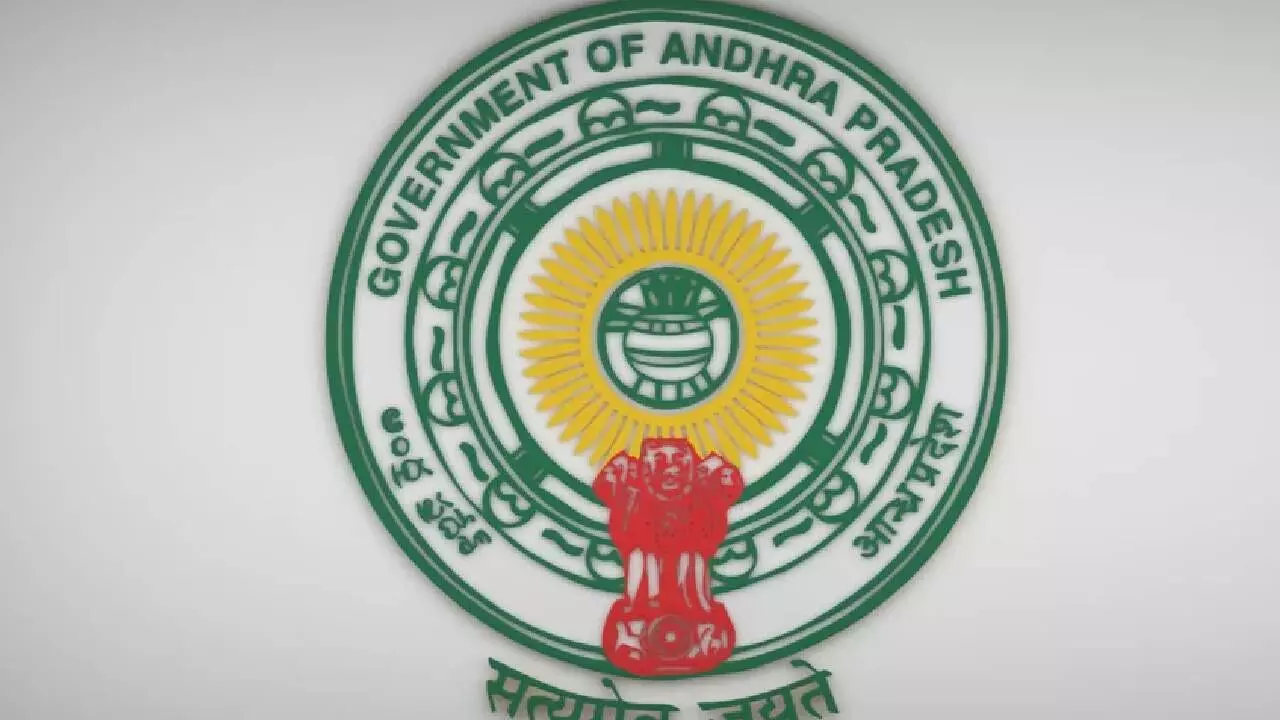AP signs MoU with School of Planning for excellence in MAUD activity in AP
Will enable creation of a common platform to leverage each other strengths, share knowledge and raise the quality levels of municipal administration, urban development and urban planning and architecture through cooperation
image for illustrative purpose

Amaravati: In a path-breaking initiative that could transform the urban landscape of the State, the Municipal Administration and Urban Development (MAUD) Department of Andhra Pradesh has joined hands with the premier School of Planning and Architecture, Vijayawada (SPAV), for promoting excellence and efficiency in municipal administration, urban development and urban planning and its implementation.
The two have signed a memorandum of understanding that will enable creation of a common platform to leverage each other strengths, share knowledge and raise the quality levels of municipal administration, urban development and urban planning and architecture through cooperation.
The Union Ministry of Housing and Urban Affairs has declared SPAV as one of the “AMRUT Centre of Urban Planning for Capacity Building (A-CUPCB-SPAV)” in the country.
A-CUPCB-SPAV is a hallmark entity that undertakes cutting-edge research, projects and training in urban development, planning and climate-sensitive development.
A-CUPCB-SPAV and MAUD Department will collaborate to share each other’s expertise to strengthen urban planning and development in a technology, data and people-driven approach for achieving climate-sensitive and sustainable urban and rural development, with particular emphasis on the state Capital region Amaravati.
The collaboration will explore specific allied interdisciplinary domains of research and professional solutions to take forward the vision of developing Andhra Pradesh into a leading state in the country in innovation and state-of-the-art urban development planning, architecture and design.
Emphasis will be on extensive and appropriate use of data analytics, GIS and remote sensing, Artificial Intelligence, Machine Learning, Internet-of-Things, environmental planning and public policy.

